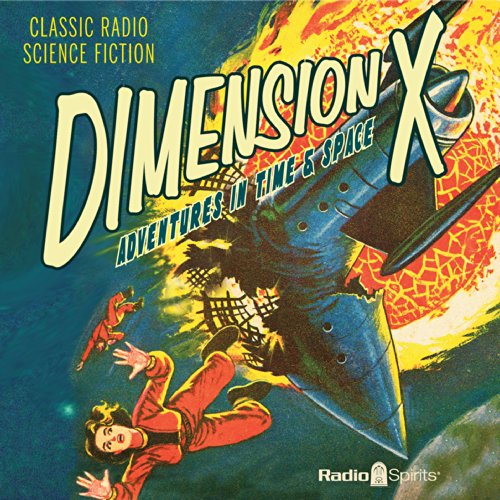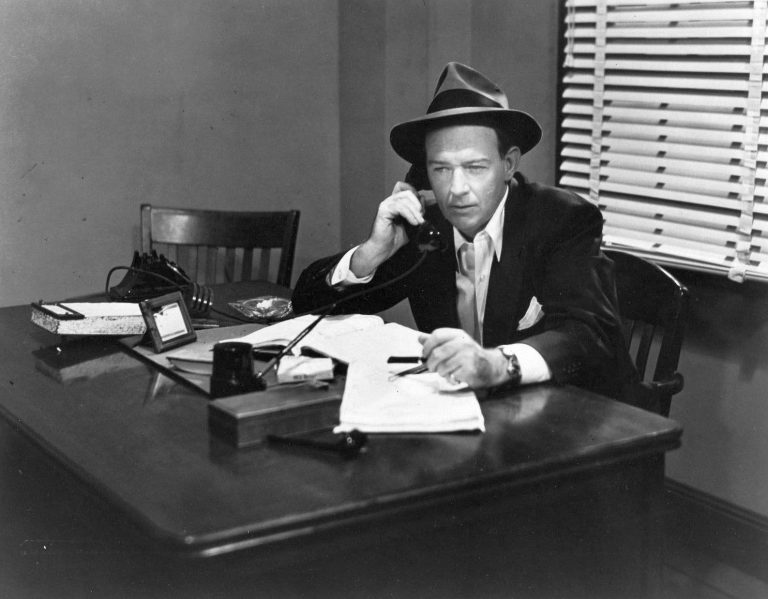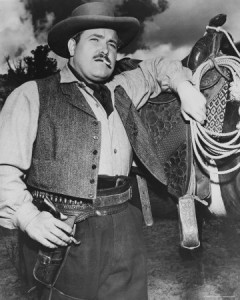By Ivan G Shreve Jr
The premiere of NBC Radio’s Dimension X on this date sixty-six years ago was inspired by the phenomenal box office success of Universal-International’s Destination Moon in 1950, produced by the legendary George Pal and winner of a special Academy Award for Best Special Effects. It would not be the only radio science fiction series to premiere that year, either. Mutual attempted to cash in on the renewed interest in sci-fi created by Moon with Two Thousand Plus in March, and CBS quickly followed suit with Beyond Tomorrow (though the audition for this show was recorded in February).
Oddly, interest in science fiction radio had always been lukewarm at best. It was relegated to mostly programs that dealt with kiddie fare, like Flash Gordon and Buck Rogers (both of which had a ready-made audience from the “funny papers,” as well as several movie serials that followed). On occasion, favorites like Suspense (the two-part “Donovan’s Brain”), Lights Out, Quiet, Please and Escape would serve up an inventive tale from the sci-fi realm. This had to be frustrating for people who worked in the aural medium, where science fiction would seem to be the ideal method to stimulate the imagination of the listening audience. But with the exception of the most famous broadcast of Radio’s Golden Age—“The War of the Worlds” on Orson Welles’ Mercury Theatre on the Air—and a short-lived 1941 effort from NBC entitled Latitude Zero, it would be up to Dimension X to do the heavy lifting until its slightly more successful cousin, X-Minus One, premiered in April of 1955.
One thing you can say about Dimension X: there was a determination to do right by the science fiction genre on this series…even if its run was short-lived (D-X aired from April 8, 1950 to September 29, 1951). Though the program had a little trouble getting out of the gate (its inaugural show was Graham Doar’s “The Outer Limit,” which had already been done to death on a number of earlier radio anthologies, including Escape), D-X quickly found its dramatic niche…and the key was adapting tales that had originally appeared in the pages of Astounding Science Fiction. “We went the ‘adaptation route’ simply because that’s where the best stories are,” producer Van Woodward later reminisced. Frequently adapted by NBC scribes George Lefferts and Ernest Kinoy (who were also encouraged to write original plays of their own making), D-X’s stories came forth from legendary authors like Ray Bradbury (“Mars is Heaven,” “And the Moon Be Still as Bright”), Isaac Asimov (“Pebble in the Sky,” “Nightfall”), and Robert Heinlein (“The Roads Must Roll,” “The Green Hills of Earth”). In fact, D-X’s filmic parent, Destination Moon, was based on a Heinlein tale (and was dramatized on the program on June 24, 1950).
But Dimension X also made impressive strides in the field of “sound patterns.” Often relying on two or three SFX artists per broadcast, D-X’s episodes were produced in a massive two-story studio, which generated incredible “echo” effects that were beyond the range of conventional recording equipment. D-X also had the luxury of featuring the best of New York’s radio acting talent; among the performers who appeared on the program were Raymond Edward Johnson, Les Damon, Joan Alexander, Berry Kroeger, Staats Cotsworth, Bill Lipton, Jan Miner, Joe DeSantis, and Santos Ortega…just for starters.
The Theremin, an electronic music instrument used on the soundtracks of such films as Spellbound, The Lost Weekend—and most famously, 1951’s The Day the Earth Stood Still—was often used by Dimension X musical director Albert Berman to compose scores for the broadcasts. As for the show’s memorable opening theme, Berman relied on an organ, cymbals and tympanic rolls (“DIMENSION… X…X…x…x…x…x…”). The quality of D-X was impeccable…but the demise of the series was foretold by its erratic time slots on NBC (the show once disappeared from the network’s schedule for nineteen weeks during 1951) and its difficulty attracting a sponsor (General Mills tried for two months beginning in July of 1950, to no avail). After fifty episodes, D-X was cancelled by NBC and wouldn’t resurface until the premiere of X-Minus One on April 24, 1955 (and X-1 would suffer the same timeslot indignities as its predecessor).
Copyright 2016 Ivan G Shreve Jr and RSPT LLC. All rights reserved.














